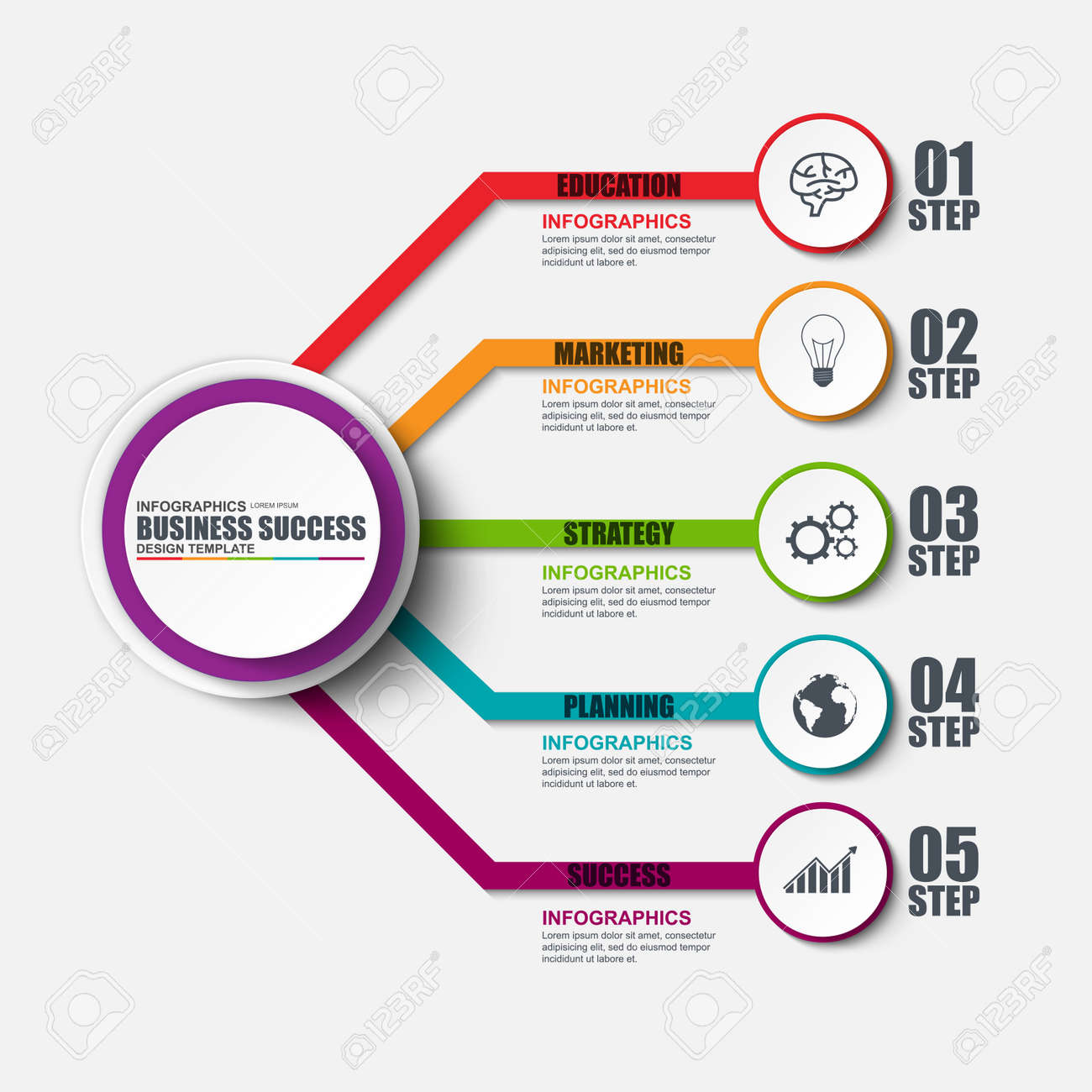Essential Facets Of Web Design: Guidelines For Establishing A User-Centric Site
Essential Facets Of Web Design: Guidelines For Establishing A User-Centric Site
Blog Article
Author-Abildtrup Skinner
When it comes to site design, making certain user-friendliness is essential. From receptive design to structured navigation, every aspect plays a crucial function in creating a site that caters to your audience's needs. But what concerning the finer information that can make or damage a user's surfing experience? Keep tuned as we uncover some often-overlooked tips that can raise your web site's use to the following degree, making it truly attract attention in the digital landscape.
Relevance of Responsive Design
Responsive layout is a crucial element of modern-day web site growth. Ensuring your website is responsive means that it can adjust to different display sizes and devices, supplying a smooth experience for users.
With the enhancing use smart devices and tablets to access the web, having a receptive design is vital for reaching a larger audience. It aids in enhancing customer experience by making your site very easy to browse and continue reading any kind of device.
Furthermore, receptive layout can positively impact your online search engine rankings, as search engines like Google prioritize mobile-friendly web sites. By having a receptive layout, you're also future-proofing your internet site, as new gadgets with differing screen dimensions remain to arise.
Simplify Navigation Structure
To boost individual experience and facilitate simple accessibility to info on your website, enhancing the navigation framework is critical. When designing your site, concentrate on producing a clear and user-friendly navigating menu that helps visitors locate what they're looking for promptly.
Restriction the variety of menu products to the essentials, organizing associated pages together to avoid overwhelming users. Use detailed please click the next site that clearly suggest the material of each page, making it simpler for users to recognize where each link will certainly take them.
Take into consideration carrying out dropdown menus for subcategories to stop jumbling the major navigating bar. Additionally, consist of a search bar plainly on the web page for individuals who favor searching for particular details.
Focus on mobile responsiveness in your navigating design to guarantee simple access on all devices.
Maximize Page Tons Speed
Improving web page load rate is vital for preserving site visitors on your web site. Slow-loading web pages frustrate customers and can cause high bounce prices. To enhance page tons rate, beginning by optimizing pictures. Compress images without jeopardizing high quality to lower their file dimensions.
In addition, allow web browser caching to save often accessed resources locally, quickening load times for returning visitors. Minify CSS, JavaScript, and HTML data by getting rid of unneeded characters, comments, and format, boosting load speed.
Take into visit my homepage utilizing a material distribution network (CDN) to distribute your internet site's content throughout numerous servers worldwide, decreasing latency for users accessing your website from various locations. Lastly, restrict making use of third-party scripts and plugins, as they can substantially affect load times.
Verdict
In conclusion, by integrating receptive design, simplifying navigating, and maximizing page lots speed, you can produce an easy to use internet site that attract a broader target market and boosts individual experience. These essential elements make certain that site visitors can easily accessibility and navigate your website across different gadgets, bring about increased interaction and contentment. By concentrating on these vital aspects, you can construct an effective web site that keeps individuals coming back for even more.
